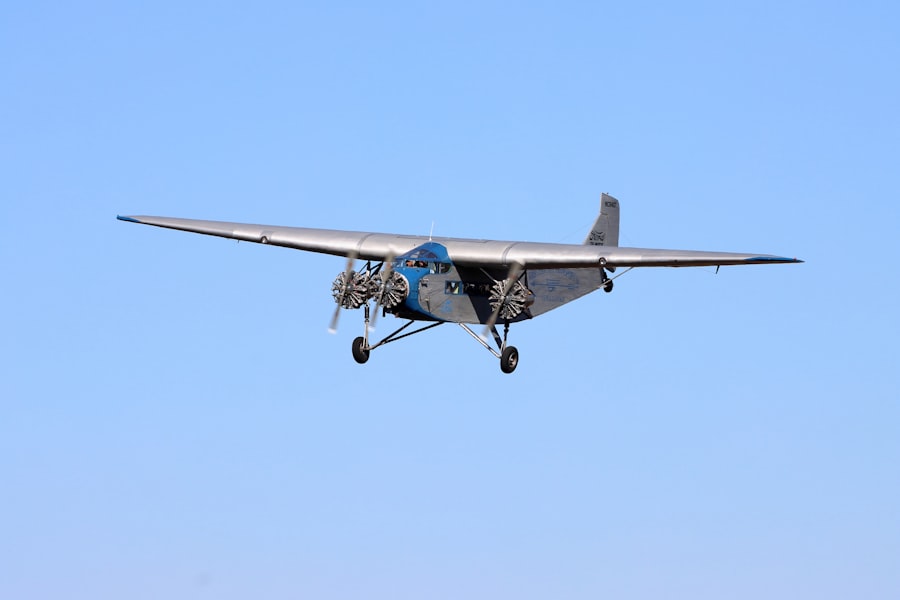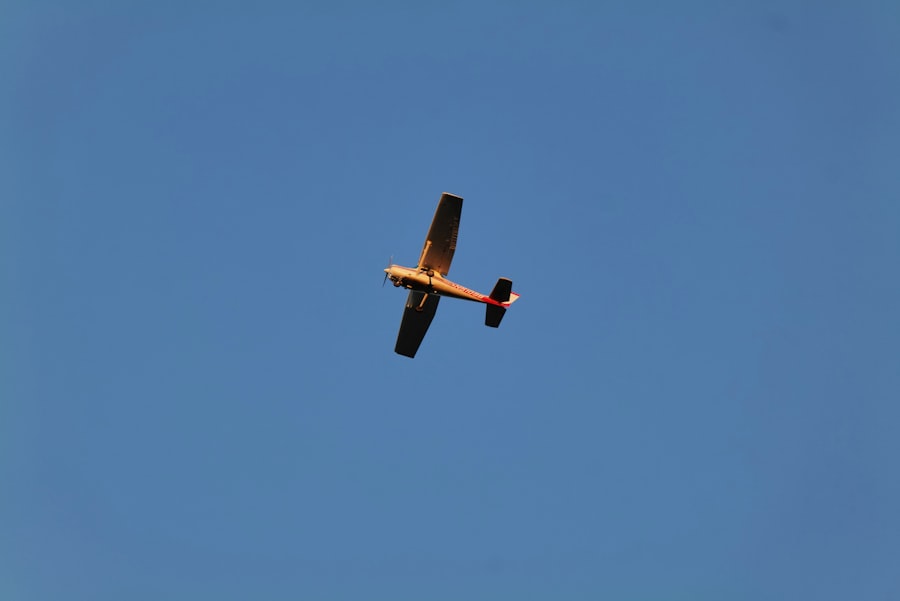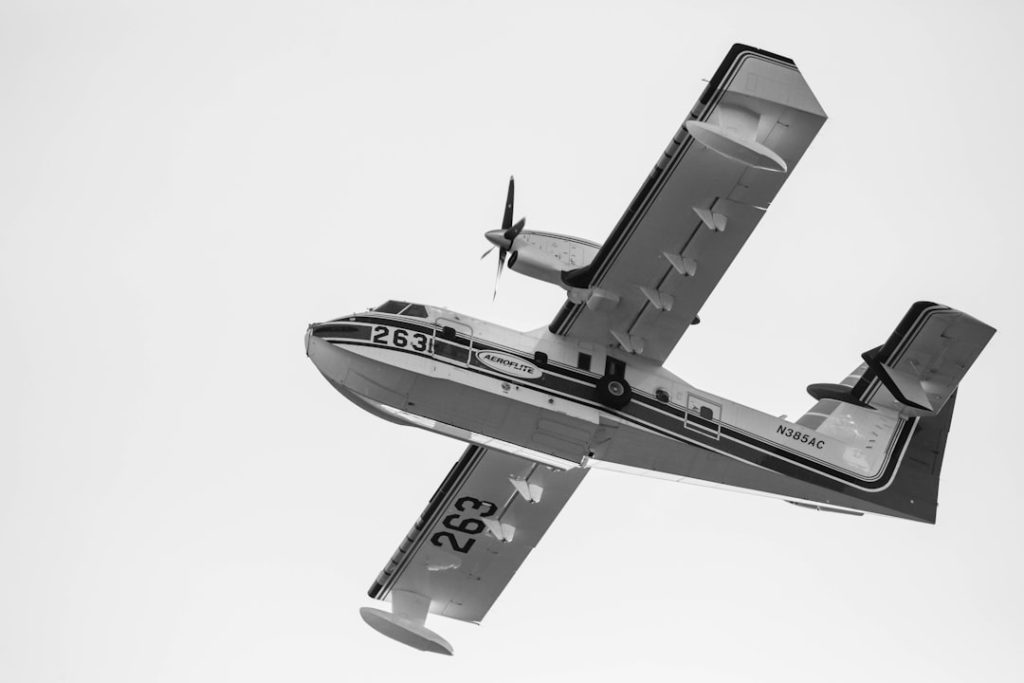The Pilatus PC-12 is a single-engine turboprop aircraft that has garnered a reputation for its versatility, reliability, and performance since its introduction in the late 1990s. Manufactured by the Swiss company Pilatus Aircraft, the PC-12 was designed to meet the needs of a wide range of aviation sectors, from business travel to cargo transport. With its distinctive high-wing design and spacious cabin, the PC-12 has become a favorite among pilots and operators alike.
The aircraft is powered by the Pratt & Whitney Canada PT6A engine, known for its durability and efficiency, which allows the PC-12 to operate in various environments and conditions. One of the standout features of the PC-12 is its impressive range and payload capacity. With a maximum range of approximately 1,800 nautical miles and the ability to carry up to 3,000 pounds of cargo or passengers, the aircraft is well-suited for both short hops and longer journeys.
The cabin can be configured in multiple ways, accommodating anywhere from six to ten passengers or a combination of passengers and cargo. This flexibility has made the PC-12 a popular choice for various operators, including charter companies, medical transport services, and government agencies.
Key Takeaways
- The Pilatus PC-12 is a versatile and popular single-engine turboprop aircraft known for its reliability and performance.
- The PC-12 is widely used as a business jet, offering a cost-effective and efficient option for corporate travel.
- Its spacious cabin and ability to land on short runways make the PC-12 ideal for medical missions, providing access to remote areas and emergency situations.
- The PC-12 serves as a reliable utility aircraft, capable of transporting cargo, conducting surveillance, and performing other specialized tasks.
- Government and military organizations utilize the PC-12 for various missions, including intelligence gathering, border patrol, and personnel transport.
- The PC-12 is also popular for personal and recreational flying, offering a comfortable and versatile option for private pilots and enthusiasts.
- The PC-12 can be configured for special missions, such as aerial surveying, environmental monitoring, and search and rescue operations.
- The future of the Pilatus PC-12 looks promising, with continued demand for its versatility and performance in various mission profiles.
The PC-12 as a Business Jet
In the realm of business aviation, the Pilatus PC-12 stands out as an economical yet luxurious option for corporate travel. Its spacious cabin can be outfitted with high-end materials and amenities, providing a comfortable environment for executives and their teams. The aircraft’s ability to access smaller airports and airstrips that are often off-limits to larger jets allows business travelers to reach their destinations more efficiently.
This capability not only saves time but also reduces travel-related stress, as passengers can avoid the congestion of major airports. Moreover, the operating costs associated with the PC-12 are significantly lower than those of traditional business jets. The fuel efficiency of the PT6A engine contributes to reduced operational expenses, making it an attractive option for companies looking to maximize their travel budgets.
Additionally, the aircraft’s maintenance requirements are relatively straightforward, further enhancing its appeal for businesses that prioritize reliability and cost-effectiveness. As a result, many companies have turned to the PC-12 as a viable alternative to more expensive twin-engine jets, allowing them to maintain a competitive edge in their respective industries.
The PC-12 for Medical Missions

The versatility of the Pilatus PC-12 extends into the realm of medical transport, where it has proven invaluable in providing critical care services. Equipped with specialized medical equipment and configurations, the PC-12 can serve as an air ambulance, transporting patients quickly and efficiently between hospitals or from remote locations to medical facilities. Its spacious cabin allows for the installation of stretchers and medical equipment, ensuring that patients receive necessary care during transit.
In many regions, particularly those with limited access to healthcare facilities, the PC-12 has become a lifeline for patients in need of urgent medical attention. Its ability to operate from short runways means that it can reach rural or isolated areas where larger aircraft cannot land. For instance, organizations like Air Ambulance Worldwide have utilized the PC-12 to provide emergency medical services in challenging environments, demonstrating its critical role in saving lives.
The aircraft’s reliability and performance under various conditions make it an essential asset in the medical aviation sector.
The PC-12 as a Utility Aircraft
| Category | Metrics |
|---|---|
| Maximum Takeoff Weight | 10,450 lb (4,740 kg) |
| Maximum Range | 1,845 nm (3,417 km) |
| Maximum Cruise Speed | 285 ktas (528 km/h) |
| Maximum Occupants | 9 |
| Useful Load | 4,720 lb (2,140 kg) |
Beyond its roles in business and medical transport, the Pilatus PC-12 excels as a utility aircraft capable of performing a wide range of missions. Its robust design and impressive payload capacity make it suitable for cargo transport, aerial surveying, and even agricultural applications. Operators can configure the interior to accommodate different types of cargo or equipment, making it adaptable to various operational needs.
For example, in the realm of cargo transport, companies have leveraged the PC-12’s capabilities to deliver goods to remote locations where traditional delivery methods may be impractical. Its ability to take off and land on shorter runways allows operators to reach destinations that would otherwise be inaccessible. Additionally, in agricultural settings, the PC-12 can be used for tasks such as crop dusting or monitoring crop health from the air.
This versatility underscores the aircraft’s role as a multi-faceted tool in various industries.
The PC-12 for Government and Military Use
The Pilatus PC-12 has also found a niche within government and military operations due to its adaptability and performance characteristics. Various government agencies utilize the aircraft for surveillance, reconnaissance, and transport missions. Its ability to operate in austere environments makes it an ideal choice for missions that require access to remote areas or challenging terrain.
In military applications, the PC-12 has been employed for intelligence-gathering missions and logistical support. Its low operating costs compared to larger military aircraft allow for more frequent missions without straining budgets. Countries such as the United States have utilized modified versions of the PC-12 for special operations and training purposes.
The aircraft’s reliability and ease of maintenance further enhance its appeal for military operators who require dependable performance in demanding situations.
The PC-12 for Personal and Recreational Flying

For aviation enthusiasts and private pilots, the Pilatus PC-12 offers an exceptional platform for personal and recreational flying. Its spacious cabin can be customized to suit individual preferences, allowing owners to create a comfortable environment for family trips or weekend getaways. The aircraft’s impressive range enables pilots to explore distant destinations without the need for frequent fuel stops.
Moreover, the PC-12’s performance characteristics make it an enjoyable aircraft to fly. With responsive handling and excellent climb rates, pilots appreciate its capabilities in various flight conditions. The combination of comfort and performance makes it an attractive option for those seeking a versatile aircraft for personal use.
Whether flying to a remote cabin or embarking on an adventure across the country, the PC-12 provides an unparalleled flying experience.
The PC-12 in Special Mission Configurations
The adaptability of the Pilatus PC-12 extends beyond standard configurations into specialized mission roles that require unique setups. Various operators have modified the aircraft for specific tasks such as aerial photography, environmental monitoring, or search and rescue operations. These special mission configurations often involve installing advanced avionics systems or specialized equipment tailored to meet operational requirements.
For instance, in environmental monitoring roles, the PC-12 can be equipped with sensors and cameras capable of capturing high-resolution imagery for research purposes. This capability is particularly valuable in studying wildlife populations or assessing environmental changes over time. Similarly, search and rescue organizations have utilized modified PC-12s equipped with advanced communication systems and onboard medical facilities to enhance their operational effectiveness during emergencies.
The Future of the Pilatus PC-12
As aviation technology continues to evolve, the future of the Pilatus PC-12 appears promising. With ongoing advancements in avionics and engine technology, there is potential for enhanced performance and efficiency in future iterations of this iconic aircraft. Pilatus Aircraft remains committed to innovation while maintaining the core values that have made the PC-12 a success: reliability, versatility, and cost-effectiveness.
The growing demand for versatile aircraft across various sectors suggests that the PC-12 will continue to play a significant role in business aviation, medical transport, utility operations, government missions, personal flying, and special mission configurations. As operators seek efficient solutions that can adapt to changing needs, the Pilatus PC-12 stands poised to meet those demands well into the future.


